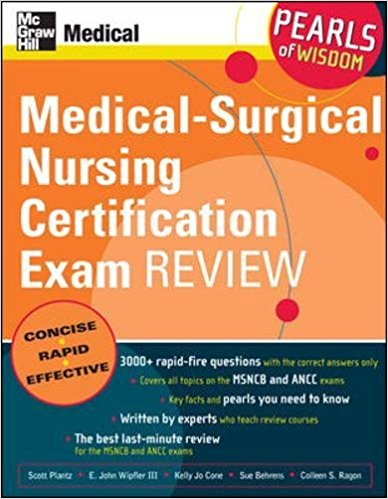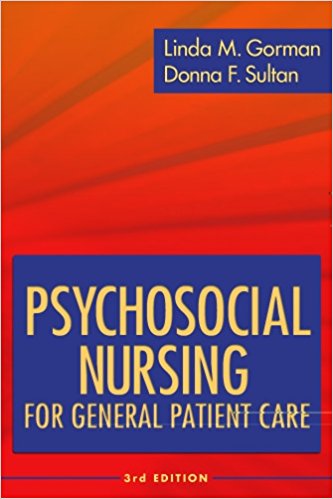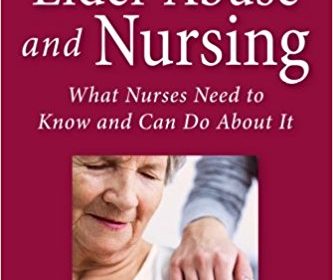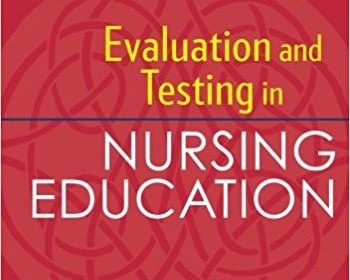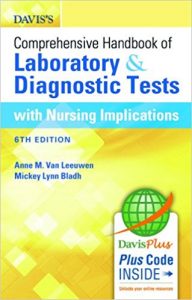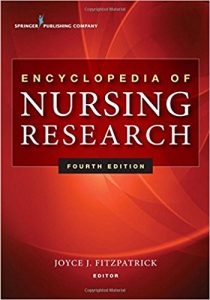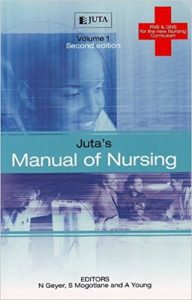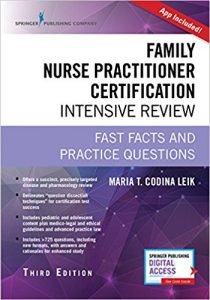
This highly acclaimed text provides a comprehensive framework for planning, guiding, and evaluating learning activities for undergraduate and graduate nursing students in a wide variety of clinical settings. The fifth edition updates this unequalled source of essential information for all faculty members―full time, part time, adjunct, and preceptors―responsible for clinical teaching. It encompasses current trends in health care and nursing education with expanded content on ways to maximize the clinical learning experiences of nursing students, use new technologies in clinical teaching, teach and evaluate student performance, and address ethical and legal issues in clinical teaching.
New content covers topics such as establishing and using dedicated education units, integrating simulation with clinical education, using new technologies for clinical learning, teaching and evaluating performance in distance education, promoting interprofessional education in clinical settings, integrating Quality and Safety Education for Nurses (QSEN) in clinical courses, using standardized patients, and developing partnerships with clinical sites. Special features include guidelines for developing clinical sites, planning learning activities and assignments, observing and evaluating students in clinical practice, and using preceptors. With an arsenal of practical and creative tools to help both experienced and novice nurse educators, the text is also a valuable resource for individuals preparing to take the Certified Nurse Educator exam.
NEW TO THE FIFTH EDITION:
- Updated with current trends in health care and nursing education
- New chapter on interprofessional education and clinical teaching from a noted expert
- Expanded content on maximizing the clinical learning experiences of nursing students
- Clinical teaching and evaluating students at a distance
- Use of social media and new technologies for clinical teaching
- Ethical and legal issues in clinical teaching
- New content on using dedicated education units
- Developing partnerships with clinical staff and sites
- Challenges of student access to electronic health records and electronic documentation of care
- Strategies to promote student learning about QSEN
- Use of simulations and integration of simulation with clinical education
- Latest revisions of the CNE test plan
- Recommendations for service learning and international clinical learning sites
KEY FEATURES:
- Delivers a scholarly, in-depth examination of current trends and issues in clinical education
- Provides evidence-based methods for clinical teaching in nursing education
- Includes practical exhibits illustrating best practices in clinical teaching and evaluation
- Highlights content in each chapter related to CNE exam blueprint
- Offers a vast toolkit for teaching and learning including Instructor’s Manual and PowerPoint presentations
DOWNLOAD THIS BOOK FREE HERE
https://upsto.re/3vUmNW5
